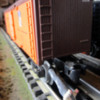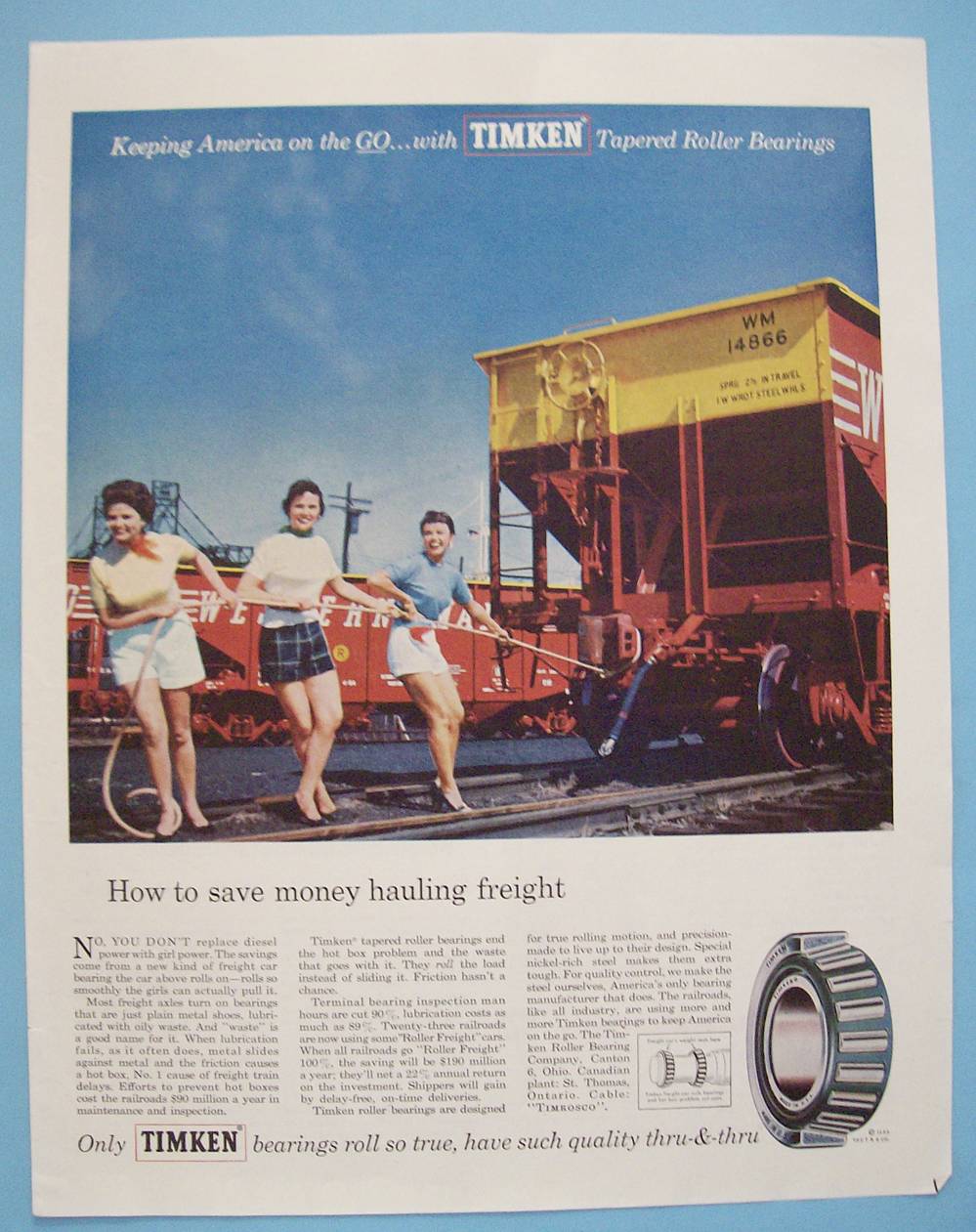I've heard stories that it doesn't take that much to get a single freight car with 100-ton roller bearing trucks rolling on level ground. I've heard stories of cars spotted on what was thought to be level ground rolling off because the brakes weren't properly set, etc. We had an incident out here in LA County (City of Commerce) where a cut of cars rolled several miles from a UP yard and were derailed before entering the Commerce Yard (where a Metrolink Train was approaching). The word was the brakes on the cut of cars weren't properly set, then gravity and momentum took over.
The question posed is this: On level ground, could a single 200-pound person get a freight car moving by simply by leaning up against it and pushing it with his/her legs.
Anyone have any idea?










